
Suspiria (1977) Retrospective
In mid-November, Luca Guadagnino’s Suspiria is set to be released in UK cinemas. A remake of Dario Argento’s 1977 cult-classic of the same name, it follows the story of Suzy Bannion, an American dance student who travels to Germany to study at a renowned dance academy – but soon finds it holds sinister mystical secrets. In anticipation of the new film, I took a look back at the original, in an effort to explain the appeal of Suspiria to modern audiences and judge how Guadagnino’s version may differ.
Suspiria is not a film for the faint of heart. It doesn’t waste time – all necessary exposition is taken care of in a short intro narration. It’s certainly not subtle, but this proves to be one of its greatest strengths; it could be said to be somewhat of an extroverted masterpiece, flitting from gory scene to scene with an electrifying disregard for viewer sensibility. Perhaps the most stylish horror has ever been, most of the film takes place in cavernous, lavish sets adorned with crazy colours and. In terms of setting Suspiria is, for the UK and American audiences at least, quite alien, the mysterious and imposing structures of Freiburg as unfamiliar to many viewers as to our protagonist, Suzy.
The soundtrack, provided by the Italian prog-rock group Goblin, is transcendent; produced in collaboration with Argento before shooting even began, it leads scenes rather than simply accompanying them, an unrelenting crescendo of drums, vocals, strings and synth. It’s a shining example of the excess exhibited throughout the film – creepy, loud and extremely funky, it assaults the senses of the viewer in time with the visual assaults of gore and vibrant colour.
Indeed, cinematographer Luciano Tivoli adds a nightmarish flair to the film with his masterful use of lighting. Nighttime scenes are often lit with lurid reds, greens and blues, forsaking realism in order to greatly unsettle the audience. Overlayed on the dizzying patterns of the set, the result is a disconcerting visual experience straight out of the worst fever-dream. Even when scenes are lit in more familiar hues, Argento and Tivoli distance the film from reality – for a certain death scene, the Köningplatz in Munich was lit in such a way that only the facades of the buildings are visible. In this way, they appear almost two dimensional, like colossal stage-dressings, or detailed panels of a doll’s house. The effect on the viewer is tremendous; even if they’re not aware why, scenes look ominous and unreal, fantasy settings in which the truly dreadful, and unexplainable, can occur.
Of course, the film hasn’t aged perfectly – whilst fans find the bright red blood and disconcertingly shoddy dubbing endearing, modern audiences may find these to be a turn-off. The story, it must be said, is rather underdeveloped. Viewers wanting a cut and dry explanation to the events that occur on screen may find themselves disappointed, and the ending has been considered unsatisfactory by some critics. Argento unashamedly prioritises style over logic in his scripts, and this is made apparent throughout the film; events sometimes occur that defy sense or reason entirely. But it’s this, I think, that breathes such genuine terror into it – the lack of control, of rational thought and actions exhibited by characters, fits the themes of possession, witches, and secret rites that the film is based around. Suzy finds herself drawn along on a journey that, for much of the film, is out of her control. The audience, in this way, share her experience, dragged ever on through the haunting and uncontrollable events depicted on-screen.
In my opinion, Suspiria represents some of the very best aspects of the horror genre; it embraces the surreal and supernatural without hesitation, achieving a powerful energy that gives the film horrific vigour.
Luca Guadagnino, then, has a hard task ahead of him. And it’s clear that the Suspiria of 2018 will be a very different beast. Gone is the madcap Goblin score, in favour of the melancholic tones of Radiohead’s Thom Yorke. Gone too is the vivid colour palette; Guadagnino seems to have opted for far more subdued lighting and set design. The trailer promises more of a focus on the story than was present in the original – this is to be expected from a modern adaptation, and it will be interesting to see how relative newcomer David Kajganich’s screenplay improves and expands upon the ideas of the original.
What’s clear is that the new Suspiria isn’t going to be any lighter a watch than its predecessor – early reviews suggest it’s a suitably gut-wrenching cinema experience, whilst descriptions of a scene shown to an expectant crowd at this year’s CinemaCon go a step further by claiming it’s downright disturbing. How good will it be? UK audiences are set to find out in just over a month. It’s my hope that instead of competing directly with Argento’s vision – frankly, how could it – and simply harnesses some of its supernatural energy to be the best film it can be. Horror deserves another winner.






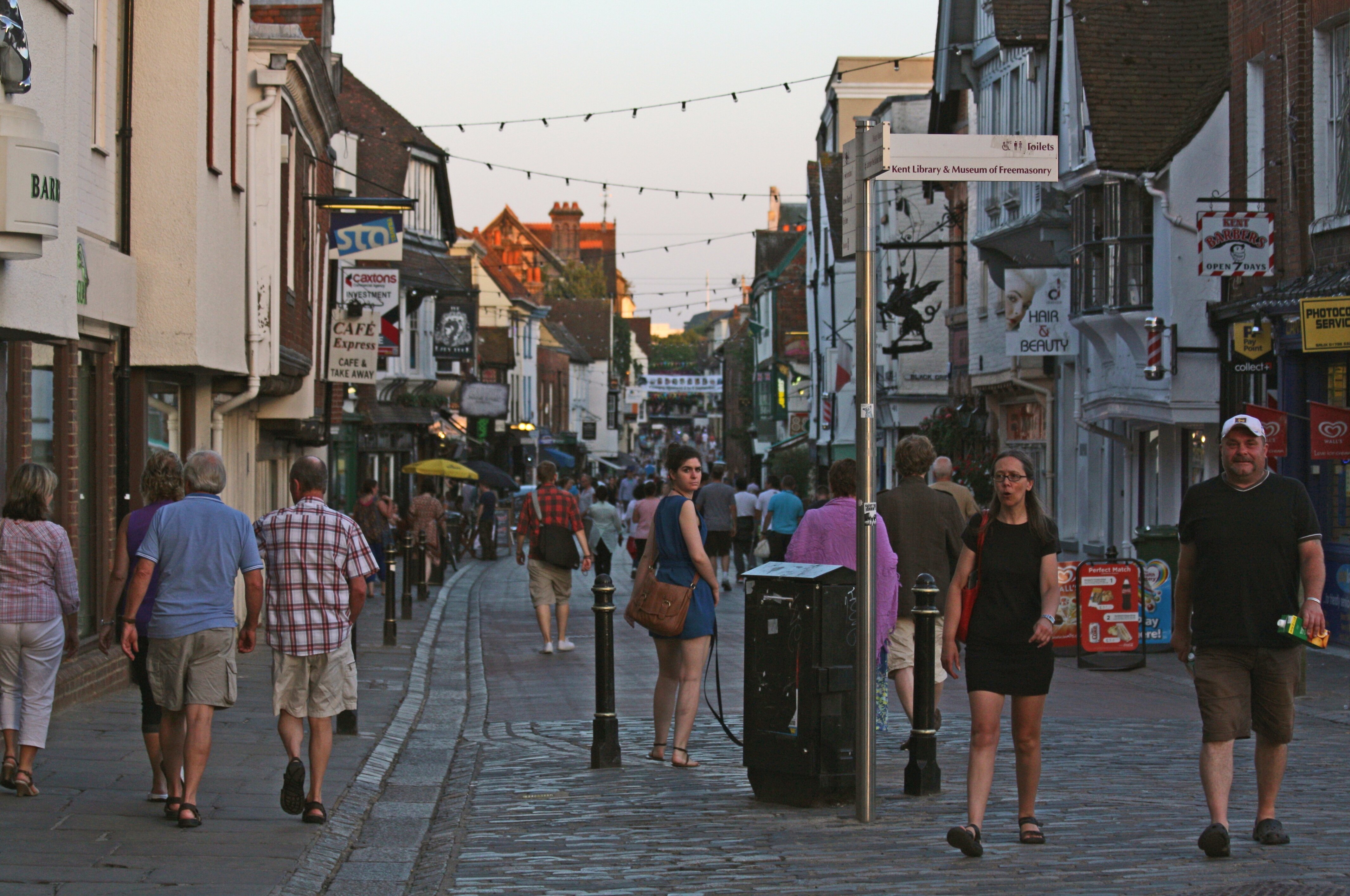



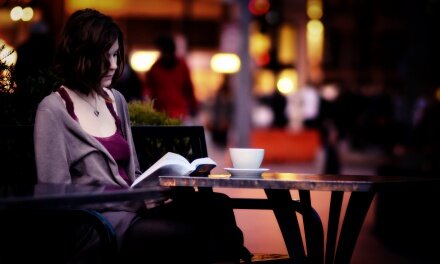



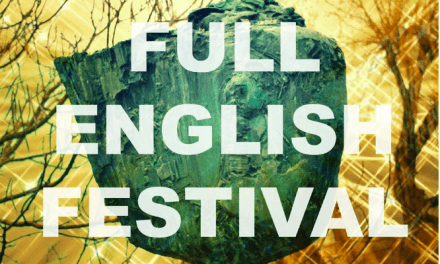




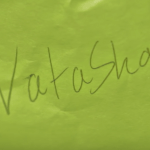

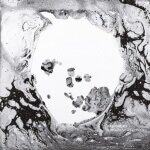

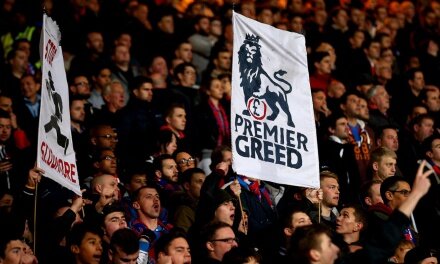

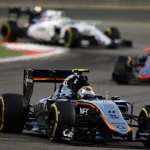


Discussions